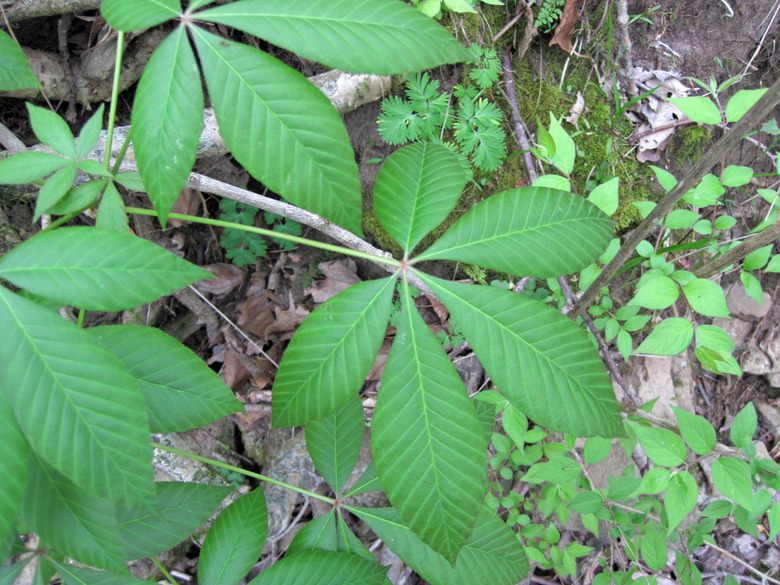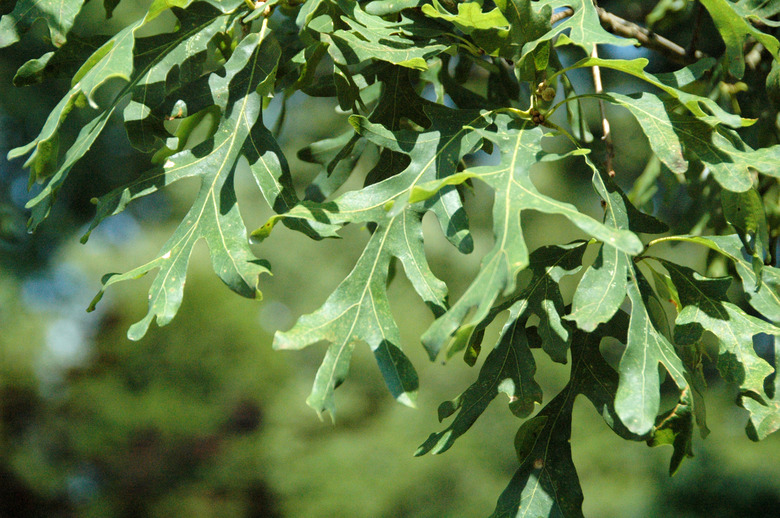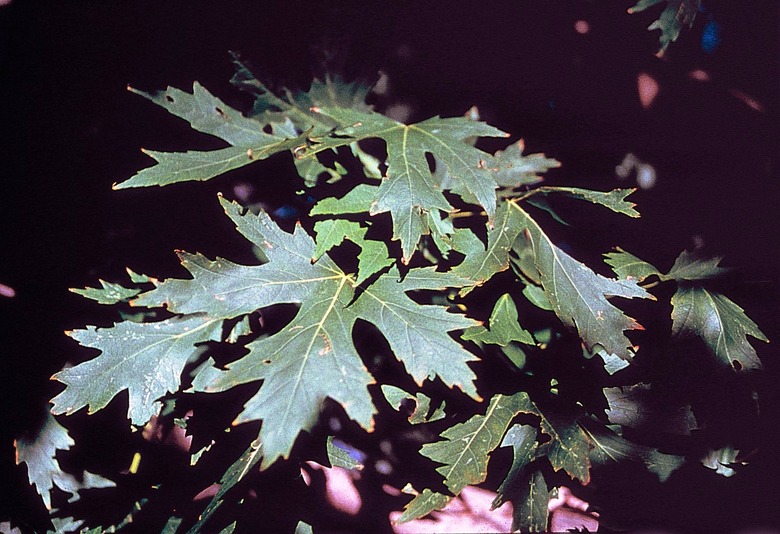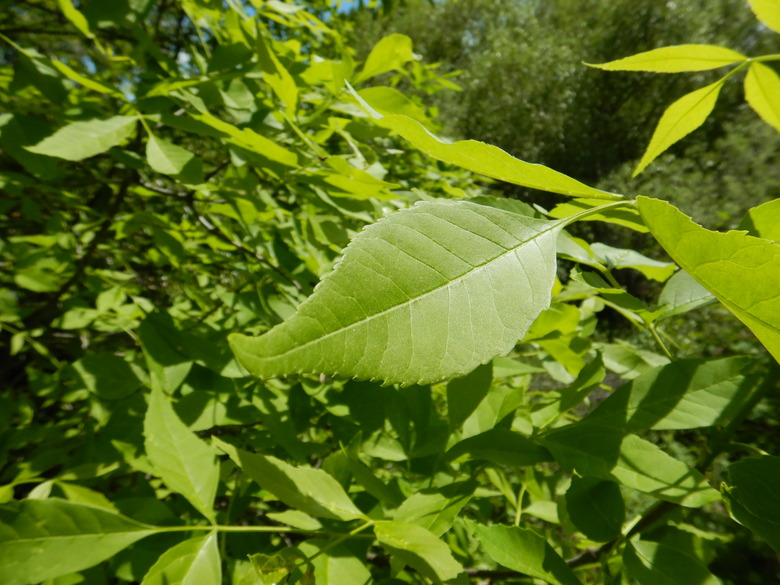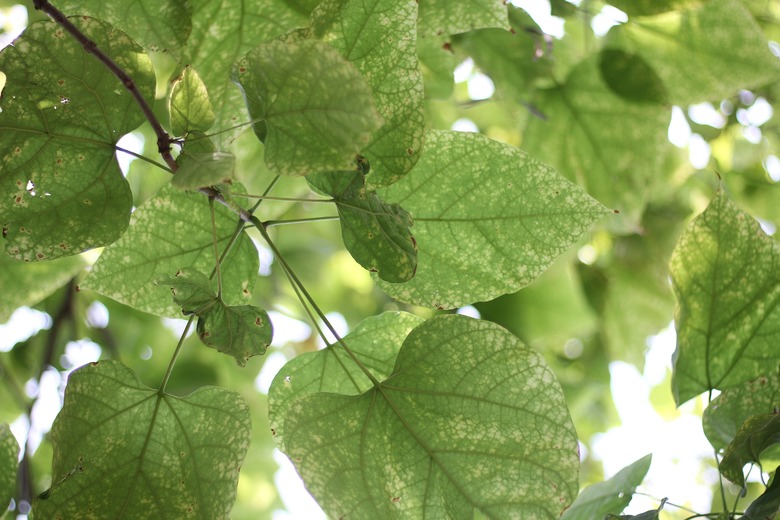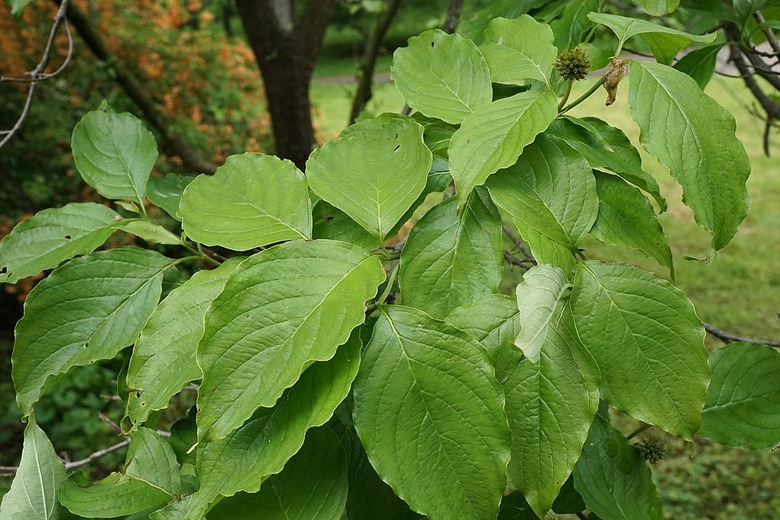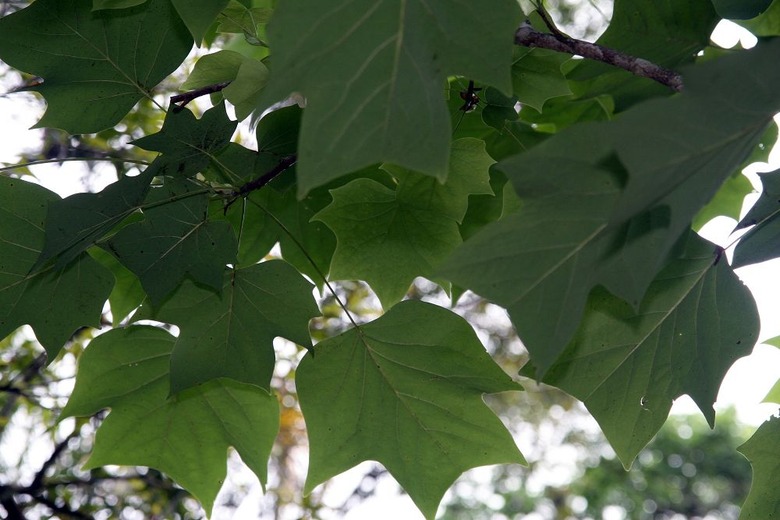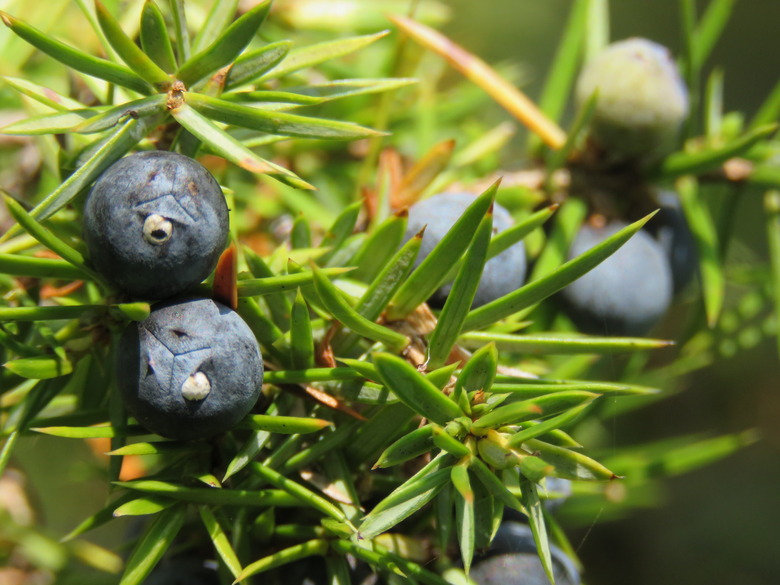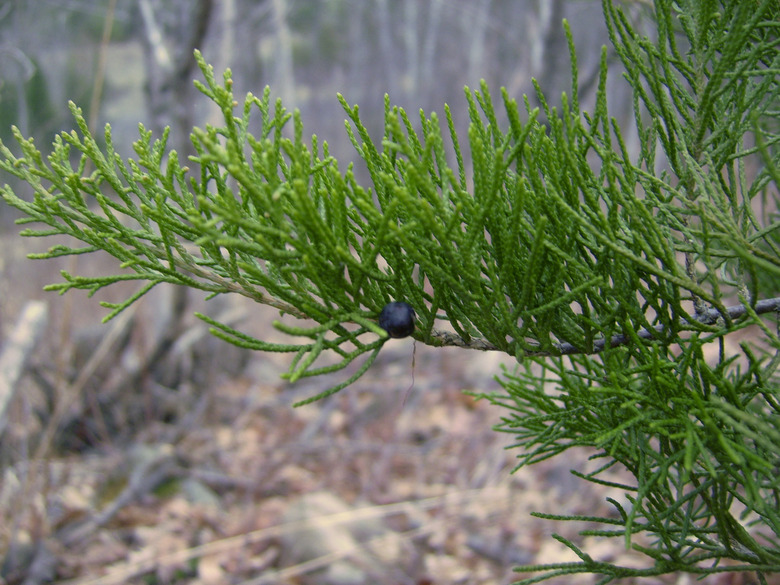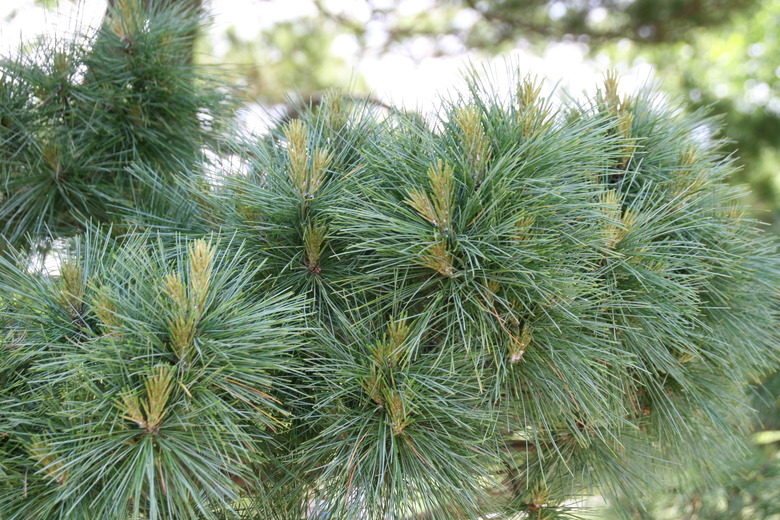Ohio Tree Leaf Identification
The forests of Ohio are home to more than 125 species of trees. To identify types of trees in the buckeye state by leaves, you'll need to take into account the shape, color, size and structure of the foliage.
What Kinds of Trees Grow in Ohio?
More than 100 species of deciduous trees—trees that lose their leaves in the fall—grow in Ohio. These include flowering trees.
The state is also home to around 25 species of conifers, which are cone-producing trees with needles or scales for leaves. These conifers are also largely "evergreens," because they keep their foliage year-round.
Deciduous Tree Leaf Identification in Ohio
Here's how to identify deciduous trees in Ohio by their leaves.
Ohio Buckeye
The Ohio buckeye (Aesculus glabra, USDA plant hardiness zones 3 to 7), the state tree of Ohio, has compound leaves. That means that each leaf is made up of a number of leaflets—five in the case of the Ohio buckeye.
The leaves are bright green but become darker as they mature and turn yellow in the fall. When crushed, the leaves of the Ohio buckeye produce an unpleasant odor.
Oak Trees
Ohio's oak trees can be divided into red oaks and white oaks. The leaves of species in the red oak group have pointed lobes, while the leaves of white oak species have rounded lobes.
- **White Oak:** The leaves of the white oak (Quercus alba, zones 3 to 9) have a pinkish hue when they emerge, but mature leaves are dark green. The leaves have between seven and nine rounded lobes.
- **Red Oak:** Also native to Ohio is the red oak (Quercus rubra, zones 4 to 8), the leaves of which are dark green on top and grayish-white on the underside. The leaves have between 7 and 11 sharp lobes.
- **Black Oak:** The leaves of the black oak (Quercus velutina, zones 3 to 9), which belongs to the red oak group, are dark green and feature seven to nine deep lobes, each with one or more bristles on the tips.
Maple Trees
- **Red Maple:** The red maple (Acer rubra, zones 3 to 9) feature three triangle-shaped lobes with serrated edges. The leaves are green above and a grayish-green color below.
- **Silver Maple:** The leaves of the silver maple (Acer saccharinum, zones 3 to 9) have a silvery underside that gives the species its common name. The margins of silver maple leaves are smoother than the toothed leaves of red maples.
- **Boxelder:** Unlike most Acer species, boxelder (Acer negundo, zones 2 to 10) has compound leaves. Each leaf has three to five leaflets with serrated margins. The leaves are light green and turn yellow in the fall.
Ash Trees
Several types of ash trees (Fraxinus spp.) are common in Ohio. Ash trees have compound leaves with oval-shaped leaflets, the margins of which may be partially or entirely serrated. Subtle differences allow you to tell them apart.
| Name | Number of Leaflets | Fall Color | Other Characteristics |
| Green Ash (Fraxinus pennsylvanica) | 5 to 9 | Bright yellow | Green underside; leaflets are short-stalked and serrated from midpoint to tip |
| White Ash (Fraxinus americana) | 5 to 9 but usually 7 | Reddish purple | Pale green underside; leaflets have defined stalks |
| Black Ash (Fraxinus nigra) | 7 to 11 | Reddish brown | Green underside; leaflets have no stalks |
| Blue Ash (Fraxinus quadrangulata) | 7 to 11 | Dull yellow | Light green underside; leaflets have short stalks |
Flowering Tree Identification in Ohio
Here's how to identify some of the flowering trees in the buckeye state by their leaves.
Northern Catalpa
The northern catalpa (Catalpa speciosa, zones 4 to 8) can be identified by its heart-shaped leaves. The leaves are large, with a length of about 12 inches and a width between 4 and 8 inches.
Flowering Dogwood
The flowering dogwood (Cornus florida, zones 5 to 9) has oval-shaped leaves that are dark green in color and have a length between 3 and 6 inches. The leaves turn an attractive red color in the fall.
Tulip Tree
The leaves of the tulip tree (Liriodendron tulipifera, zones 4 to 9) have four lobes and a flat base. The tips of the tulip tree look like ears, according to the Arbor Day Foundation.
Evergreen Tree Identification in Ohio
Lastly, let's take a look at how to identify leaves from evergreen trees in Ohio.
Common Juniper
The common juniper (Juniperus communis, zones 2 to 7) has needles for leaves. The needles are referred to as "whorled" because they grow in clusters of three from a single point on the branch.
Eastern Red Cedar
A member of the Juniperus genus rather than a true cedar, the eastern red cedar (Juniperus virginiana, zones 2 to 9) has both scale-like leaves that cover its branches as well as sharp, needle-like leaves most often seen on young trees.
Eastern White Pine
The eastern white pine (Pinus strobus, zones 3 to 8) has needle-like leaves that may be up to 5 inches long. The needles are a dark bluish-green color and grow in groups of five. They are soft to the touch.
References
- Arbor Day Foundation: Northern Catalpa
- Missouri Botanical Garden: Juniperus virginiana
- Missouri Botanical Garden: Juniperus communis
- Missouri Botanical Garden: Aesculus glabra
- Arbor Day Foundation: Eastern White Pine
- The Ohio State University Extension: Native Landscaping for Birds, Bees, Butterflies, and Other Wildlife
- Missouri Botanical Garden: Acer negundo
- Missouri Botanical Garden: Acer saccharinum
- The University of Maine Cooperative Extension: Red Maple (Acer rubrum) Fact Sheet
- Project Learning Tree Ohio: Ohio Forests: A Rich & Bountiful Land
- Missouri Botanical Garden: Cornus florida
- Arbor Day Foundation: Tuliptree
- Missouri Botanical Garden: Liriodendron tulipifera
- Missouri Botanical Garden: Quercus rubra
- The Ohio State University Extension: Are My Trees Ash?
- Missouri Botanical Garden: Fraxinus pennsylvanica
- Virginia Tech Dendrology: Eastern Redcedar
- Missouri Botanical Garden: Acer rubrum

